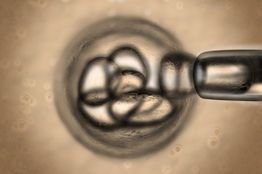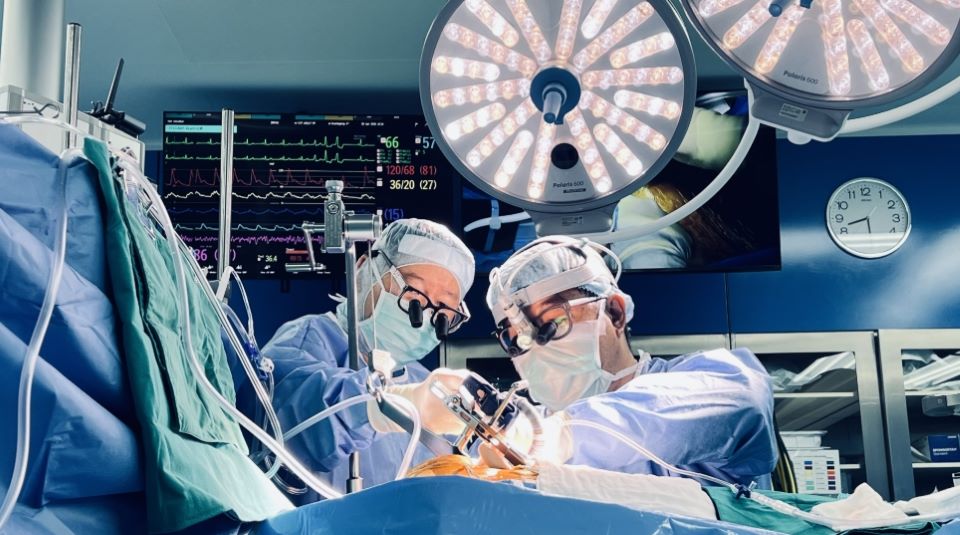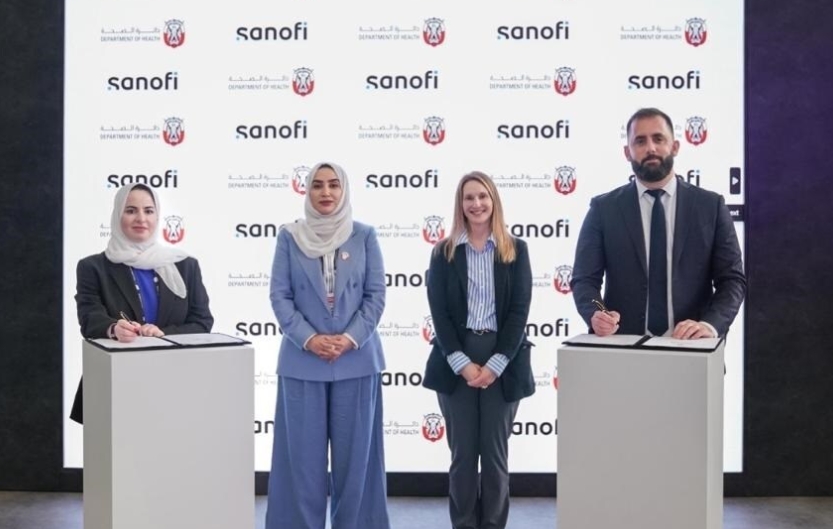
Roche and Innovative Medicines Initiative launched StemBANCC
Singapore: Roche and the Innovative Medicines Initiative (IMI) launched StemBANCC, a new academic-industry partnership that unites 10 pharmaceutical companies and 23 academic institutions. Initiated and coordinated by Roche and managed by the Oxford University, StemBANCC aims to use human induced pluripotent stem cells as research tools for drug discovery with the goal of using this ground-breaking new technology to develop human disease models and enhance drug development.
Dr Martin Graf, head, stem cell platform and coordinator of the project at Roche said, "The aim of StemBANCC is to generate and characterize 1,500 high quality human induced pluripotent stem cell lines derived from 500 patients that can be used by researchers to study a range of diseases, including diabetes and dementia. The cell lines will help implement patient models that will facilitate the drug development process thanks to the possibility of reproducing the disease mechanism in vitro."
The research that resulted in the creation of the first induced pluripotent stem cells was a major scientific breakthrough by scientists Dr John Gurdon, Cambridge University, and Dr Shinya Yamanaka, Kyoto University, who were awarded the 2012 Nobel Prize in Physiology or Medicine. In recent years researchers have developed a way of reprogramming ordinary adult cells to create stem cells that can be used to generate any kind of cell. These induced pluripotent stem cells offer a supply of different kinds of human cell such as cardiomyocytes, endothelial cells, or neurons that can be used for a broad range of in vitro tests in research and early stage drug development.
Roche scientists recognized the potential of induced pluripotent stem cells more than three years ago. Since then they have worked with partners at Harvard University, Massachusetts General Hospital and Boston Children's Hospital to create over 100 human induced pluripotent stem cell lines that can be used to model cardiovascular and neurological diseases.
The StemBANCC project will focus on peripheral nervous system disorders (especially pain), central nervous system disorders (dementias), neurodysfunctional diseases (migraine, autism, schizophrenia, and bipolar disorder), and diabetes. The project will also investigate the use of human induced pluripotent stem cells for identifying drug targets and biomarkers, screening potential drug treatments, and toxicology testing.




